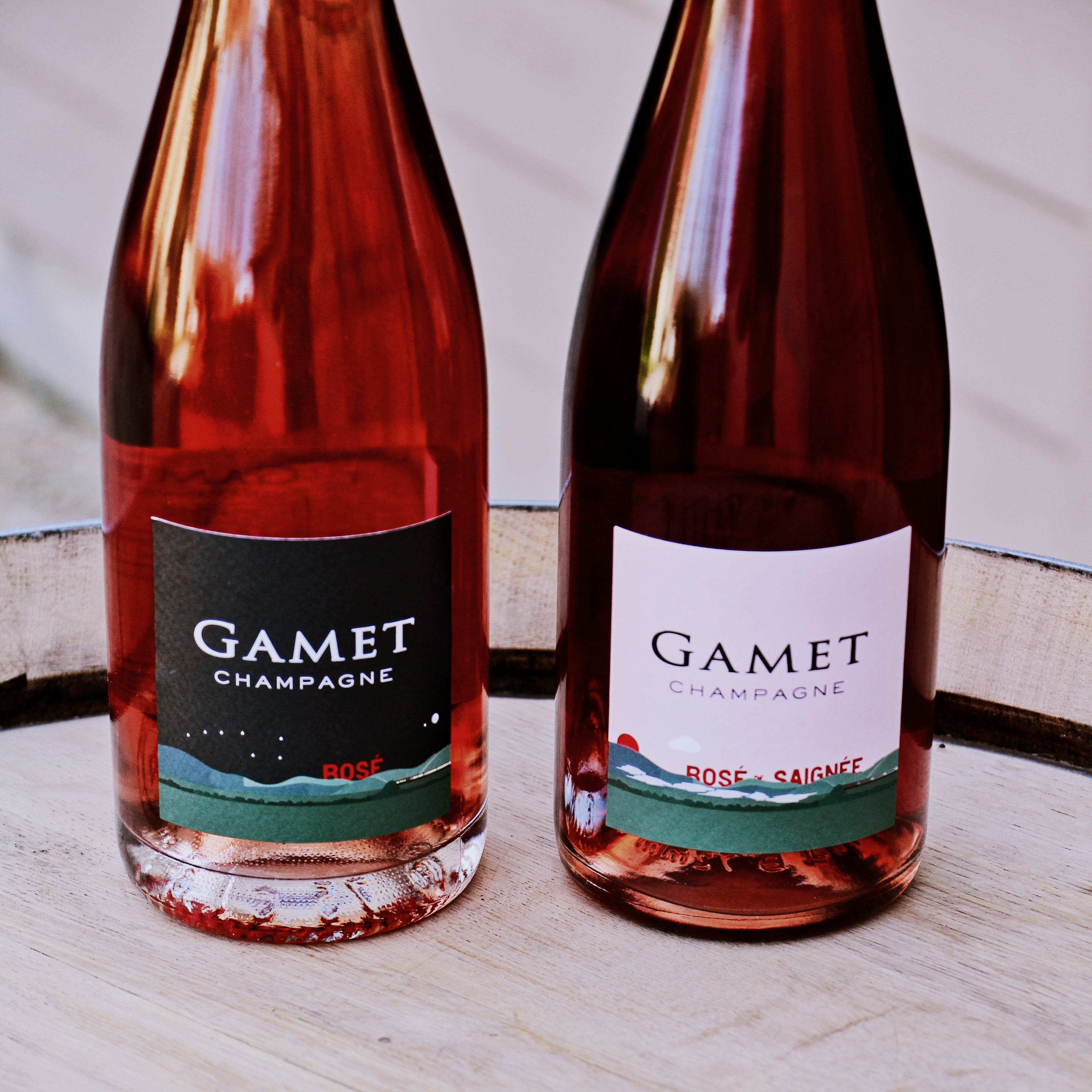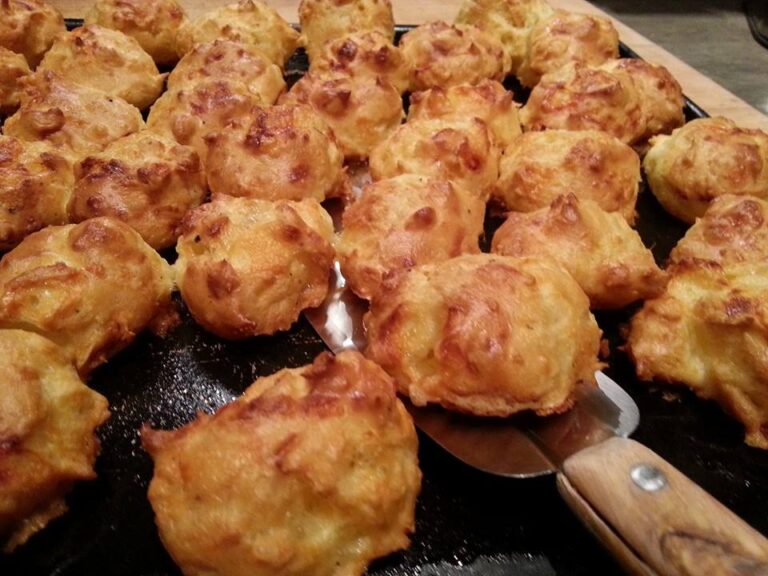Elden Selections

Somewhat less spoken of than red and white wines – but certainly no less enjoyable – are the rosé wines of Burgundy. Known as Bourgogne Rosé , they are made from grapes that may be grown in more than 300 communes in the Burgundy region. Most communes are in Saône et Loire, but they’re also found in the Côte d’Or, Rhône and Yonne. Regional appellation status has been theirs since the 1940’s.
Rosé wines can come in many shades of pink, depending on where they’re made and the method used. For some rosé wines like Champagne, a little red wine is blended with white wine to produce the recognizable ‘blush’ effect. But ordinarily, it’s the skin of the red grape (usually Pinot Noir in Burgundy, you won’t be surprised to hear) that gives the rosé wine its color. As the juice of both red and green grapes is clear, leaching a small amount of red grape skin into the wine does the job. In some areas like Yonne, the use of the César grape is also allowed. Gamay is also technically permissible but is rarely seen in rosé wines from Burgundy.
Interestingly, the process used to make rosé wine is also very similar to that employed when making red wines. Red grapes are crushed and the juice allowed time to make contact with the grape skins. The difference here is that the time is much shorter for rosé wine; the less contact time they have, the lighter the wine will be. It’s easy to get wrong, so when you find a good one, stick with it.
Another method, less common and usually reserved for big harvests, is called ‘rose de saignee’. ‘Saignee’ literally means ‘bled’. and winemakers will bleed off some wine from their red cuvees early on in the extraction process, and then vinify this lighter-colored but often gutsy wine on its own.
 Rosé has in the past suffered from a reputation as being a somewhat ‘lightweight’, simple wine which you only saw at the beach and at summer barbecues. However, just like their white and red counterparts, they can give a great array of flavors and aromas. Try the Rosé 2018 from Gabin and Felix Richoux in Irancy. It’s stocked by Elden Selections and is a great place to start. 100% Pinot Noir, it offers notes of black cherry tempered with orange peel acidity, all leading to a really fine finish. Not flavors you might expect from a rosé wine if you’re not used to them – but remember the grape it has come from, and what it’s capable of.
Rosé has in the past suffered from a reputation as being a somewhat ‘lightweight’, simple wine which you only saw at the beach and at summer barbecues. However, just like their white and red counterparts, they can give a great array of flavors and aromas. Try the Rosé 2018 from Gabin and Felix Richoux in Irancy. It’s stocked by Elden Selections and is a great place to start. 100% Pinot Noir, it offers notes of black cherry tempered with orange peel acidity, all leading to a really fine finish. Not flavors you might expect from a rosé wine if you’re not used to them – but remember the grape it has come from, and what it’s capable of.
Rosés from another part of Burgundy – Marsannay in the Côte de Nuits – have a certain tender fruitiness which has been described as gooseberry or peaches. Although winemaking there dates back to at least the 7th century, from the 1920s onwards Marsannay has produced great rosés in addition to their fine reds..
Elsewhere in France, you’ll find other, often wildly different types rosés – the somewhat darker Rosé Clairet in Bordeaux, and the distinctive Provençal rosés which use grapes like Cinsault and Mourvèdre for a more savory wine. And in the Loire Valley, you’re more likely to see pink wines made from Cabernet Franc grapes.
You may be wondering what to match a rosé wine with for dinner? Well, along with being excellent on their own, they also work wonders with al fresco eating (charcuterie, cheeses, egg dishes), but depending on the style can also be drunk with grilled fish or meats. That’s not to mention desserts – fruit tarts, for example, make an excellent sweet pairing.

